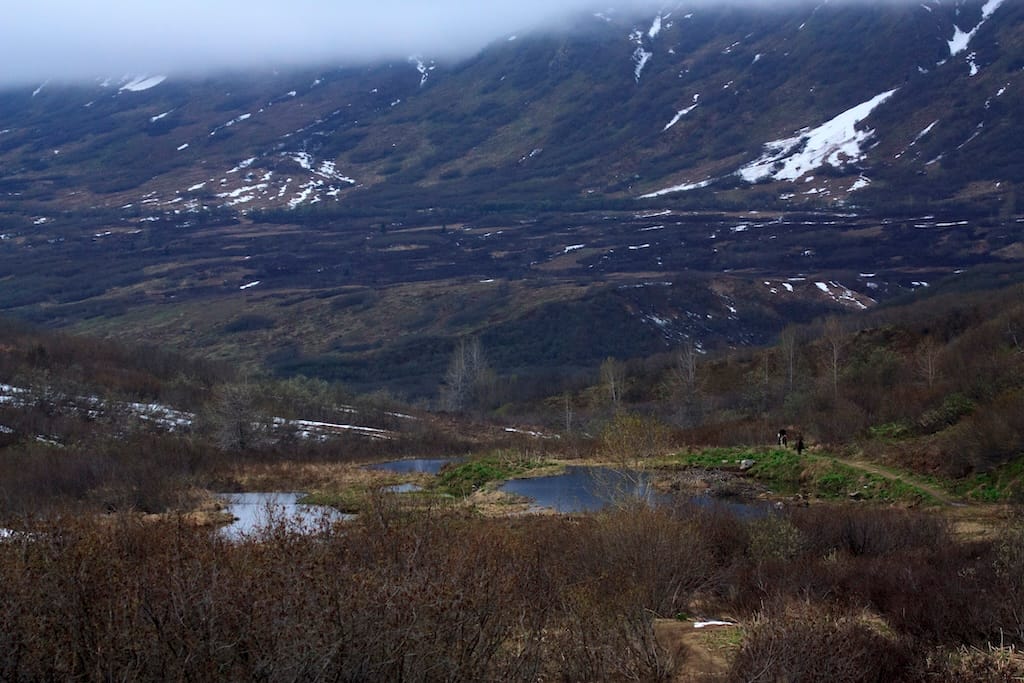Alaska Releases BEAD Proposal, Volume Two
The state is looking to set locations outside its mapped community boundaries as extremely high-cost.
Jake Neenan

Alaska released a draft volume two of its Broadband Equity, Access and Deployment initial proposal on November 20.
It was part of a wave of states that released their draft proposals in the last week, bringing the total to 46.
States are required to submit their proposals, which come in two volumes, to the National Telecommunications and Information Administration by December 27. Volume one details how states will ground-truth broadband coverage data, and volume two outlines states’ plans for administering grant programs with their BEAD funds.
The Alaska Broadband Office is not expecting to have any of its $1 billion BEAD allocation left over after funding new infrastructure, it said in the state’s volume two. Per program rules, the state is planning to prioritize those infrastructure projects in “unserved” locations – those with access to speeds slower than 25 * 3 Mbps – and will only look to other areas eligible for BEAD funding when grants are awarded for all the state’s unserved.
The state is planning to award grants in a single round of funding and work with satellite providers to get service to eligible locations that don’t receive grant proposals.
Alaska is looking to designate all locations falling outside its community map boundaries – charted areas of municipalities and unincorporated communities throughout the state – as “extremely high-cost.” That means the state can, under BEAD rules, look to non-fiber technologies to get those locations broadband.
The state might use cost models to set a dollar amount at which locations within community map boundaries could be high-cost, the proposal said.
Alaska’s proposal did not mention the NTIA’s updated financing guidance, which allows less burdensome alternatives to a 25 percent letter of credit. The state’s broadband office is developing a template that it is planning to require subgrantees to submit, the proposal said.
The state is also asking the NTIA to waive two of its BEAD guidelines on matching funds. It’s looking to axe a 25 percent matching fund requirement for some high-cost locations, and to allow specific pieces of equipment to count as in-kind contributions toward matching funds.
The public comment period for Alaska’s volume two is open until December 30.









Member discussion